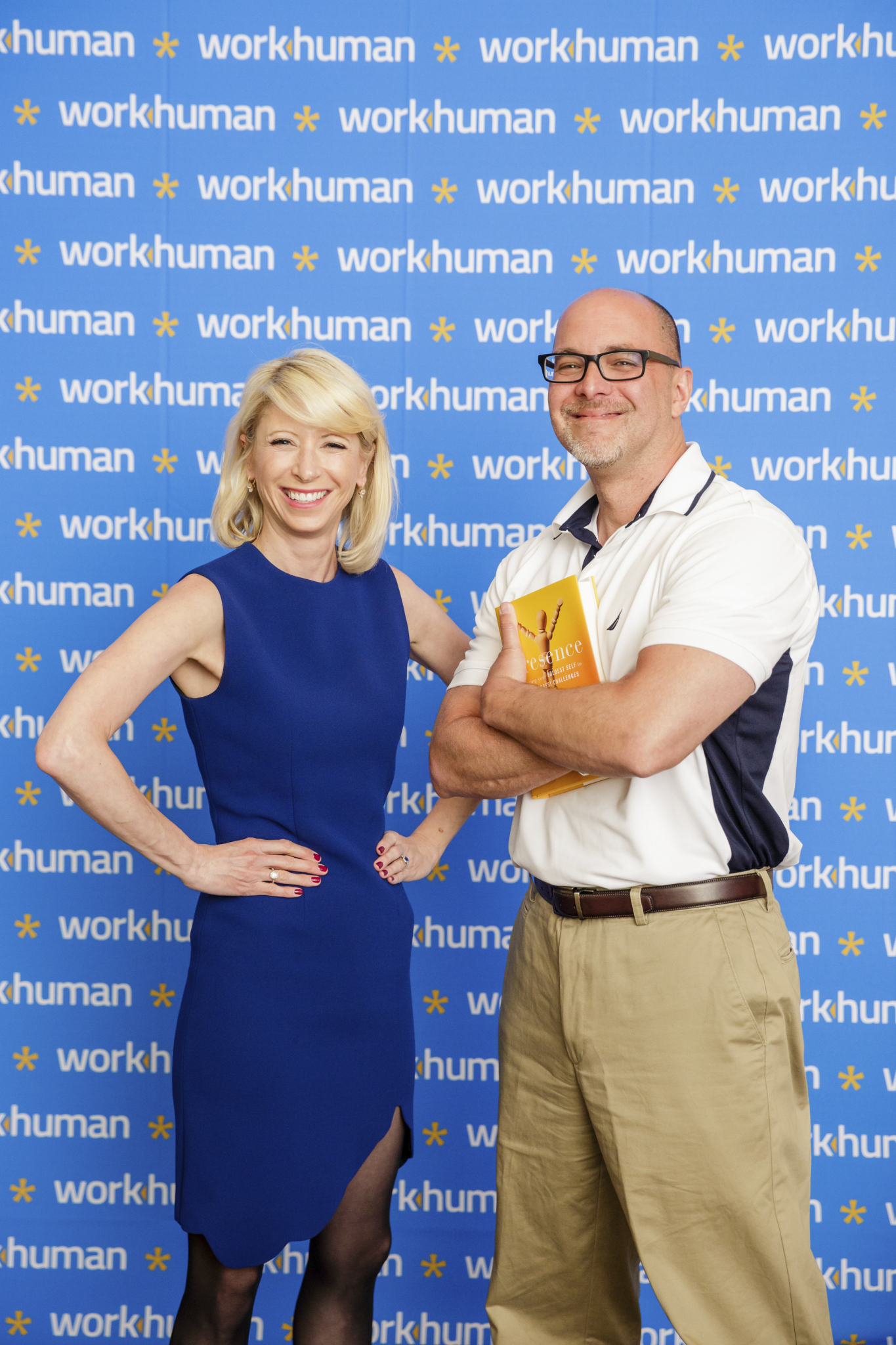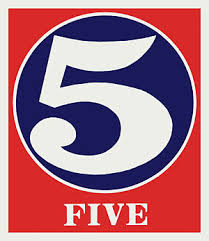It's not too early to start planning next year's vacation
Even though it is only mid-October, I found myself spending a decent amount of time this past weekend thinking about 2017 vacation plans. It could be that I am still a little tired from coming off the recently concluded HR Technology Conference, which is for me the busiest week of my year and am still in needing of some R&R. Or it just could be, and now that I think about it I am sure it is this, that if I don't take some active and purposeful steps pretty soon to lock in some vacation plans for 2017, that I run the risk of not actually making it happen at all next year.
Why? Why do I think it necessary to try to plan out some time off 5 or 6 or maybe even 9 or 10 months from now? That seems a little ridiculous. I mean, I normally take a very short term view on life. I don't like to commit to things or events too far in advance, as something ALWAYS comes up. Heck, I don't even buy green bananas any longer. Who has that kind of time to wait? Sure, buy this banana today, and MAYBE it will be ready to eat by Thursday. 
The main reason I think to start thinking about and planning next year's vacation now, or at least soon, is that if I don't, and I suspect many of you will be in the same predicament as well, (my USA readers anyway), is that the vacation just won't happen. American workers leave a RIDICULOUS amount of unused vacation days on the table each year. A recent study released by the folks at Project TimeOff, (they maybe should change their name to 'Project We Never Take any Time Off'), concludes that as many as 658,000,000 paid vacation days were left unused by American workers in 2015.
And this unused glut of vacation days comes at a price, to both the workers themselves, (I suppose 'ourselves'), and the organizations as well. From the individual's perspective the benefits of disconnecting from work are real and they are readily apparent - the need to decompress and break away from what is for many a busy, stressful workplace, the chance to spend quality time with family or friends, and even the added and often unexpected benefit of generating new or interesting ideas to solve workplace challenges with the burden of the day-to-day temporarily removed from your mind. And for organizations, they clearly are better served by a workforce that has the opportunity to get away from work once in a while, to recharge, and who generally return from their break more engaged and more energized, (and often with new ideas and perspective). Add in the estimated $272 Billion liability of unused vacation time sitting on American companies balance sheets and you see for organizations there is also a tangiible financial benefit to employee's actually using their vacation time.
So why don't American workers use more of their earned vacation time?
The Project TimeOff study offers a few reasons, but the most prominent one boils down to organizational culture - most managers do not encourage staff to take time off, over 60% of managers themselves don't take their allotted time off, most leaders don't encourage taking vacation either, and employees (and managers), don't feel secure enough that needed work can get done if they are off on vacation.
It all adds up to the situation mentioned above, 650 million unused vacation days and pushing $300 billion of vacation liability on the books.
What can be done about this to reverse these trends? A few, simple things really. Make sure your people are not punished, (or feel like they might be otherwise negatively impacted), by taking time off. Make sure that 'taking time off' is part of the normal year-end or year-start planning and goal-setting processes for every employee. Do your best to stave off the 'hero' mentality in so many workplaces that seems to equate 'time spent at work' with 'high performance' or dedication. There are a few more suggestions in the The Project TimeOff study which is a good, quick read, and I encourage you to check it out, and especially show it to your managers of people as well, they may not realize the influence that they have on staff.
So is it strange that in the middle of the first month of the 4th quarter of the year, often the busiest of times for many organizations and workers that I am pitching for you to think about next year's vacation?
Sure.
But if you don't, or if you put if off to a time when you are not so busy, (whenever that is), ask yourself when you will actually take the time to plan for the time off that you know you need. The data shows that most of us are not very good at doing that.
And once I get my travel plans set, I will be sure to gloat about them here.
Have a great week!

 Steve
Steve



